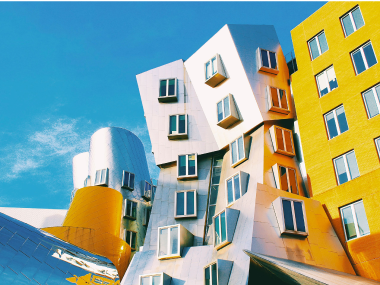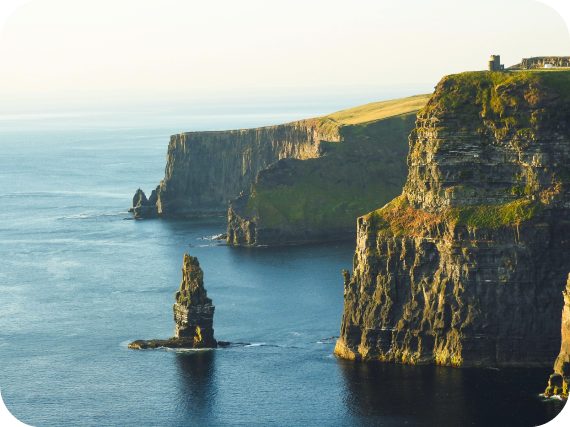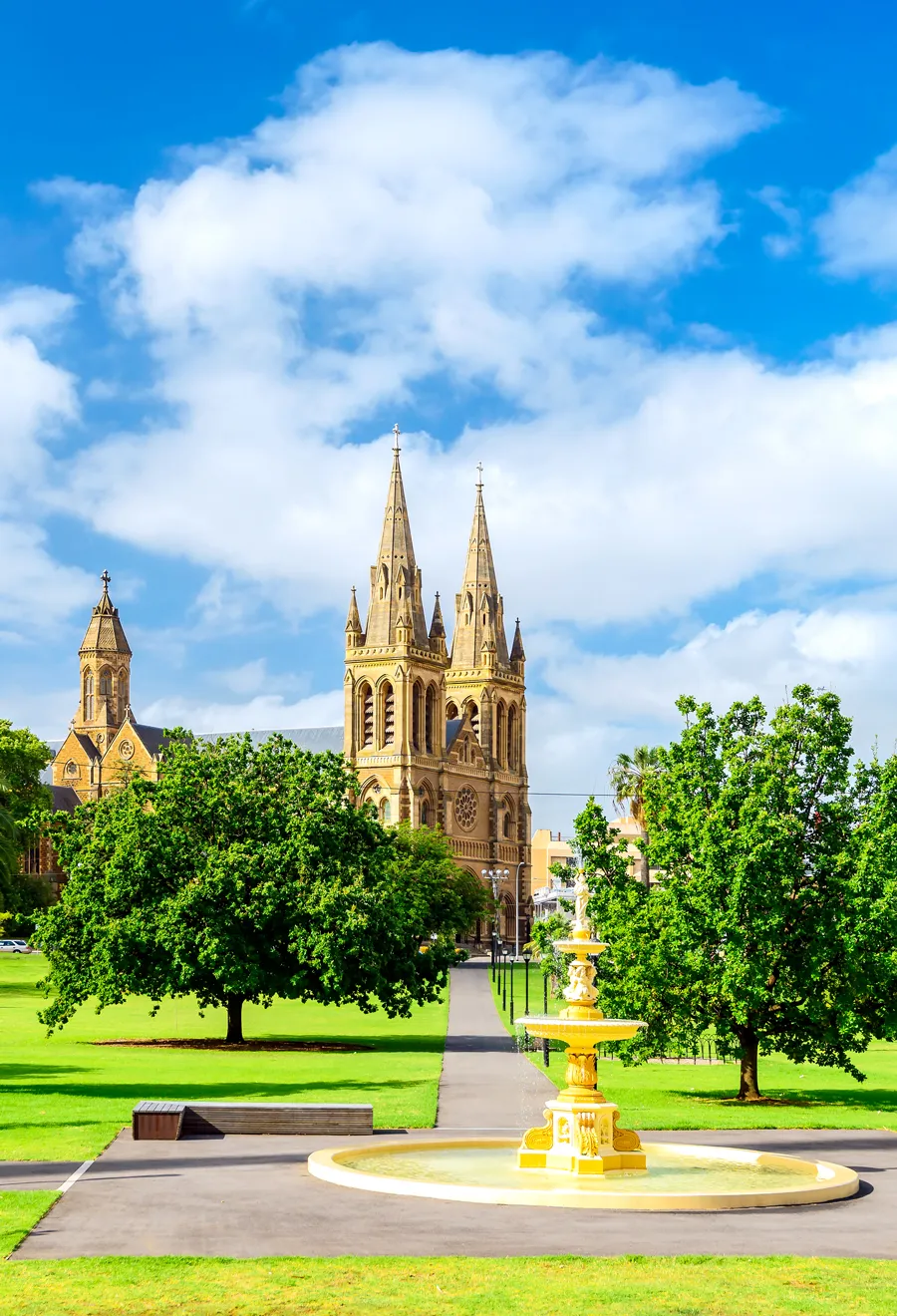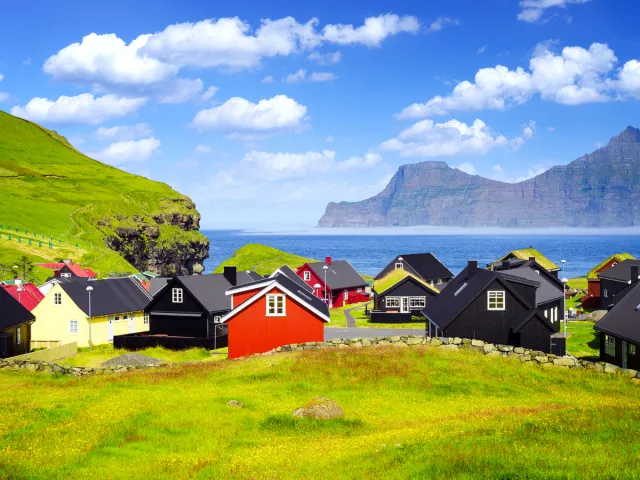Picture a place where the commutes to work and school are smooth, neighborhoods feel safe, and culture is rarely more than a short walk away. That’s precisely what the Economist Intelligence Unit’s (EIU) Global Liveability Index aims to find, by evaluating global cities based on factors such as stability, health care, infrastructure, and education. Let’s explore the world’s 10 most livable cities in 2025, according to the latest report.
10. Vancouver, Canada
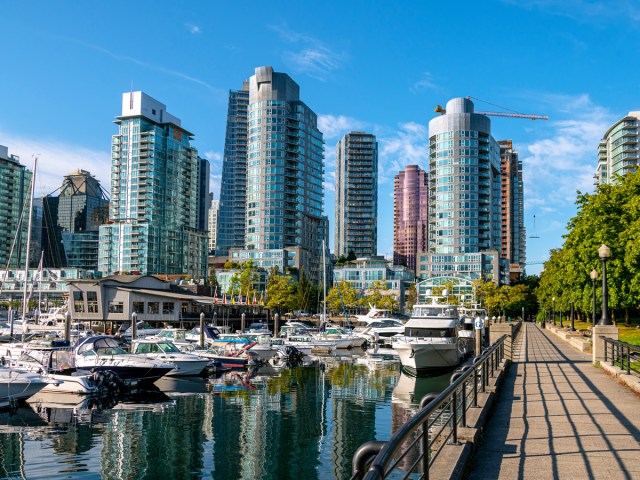
Livability score: 95.8
Vancouver stands out as the only North American city to rank in the top 10 most livable cities. (Calgary dropped to No. 18 this year from No. 5 in 2024.) Stability and access to health care contributed to this coastal city’s strong showing, and it scored a perfect 100 in the education category. Vancouverites are particularly blessed when it comes to their natural environment, thanks to the city’s stunning location between the Pacific Ocean and North Shore Mountains.
Stanley Park is a sprawling outdoor playground, home to biking and walking paths, hidden beaches, and top attractions including Vancouver Aquarium. Meanwhile, the neon-lit Granville Street Entertainment District is packed with bars, clubs, and theaters, and vibrant Davie Village is a famous LGBTQ+-friendly district. The SkyTrain also makes it easy to get around the Vancouver metro area, with a direct link from downtown to the airport.
9. Adelaide, Australia

Livability score: 95.9
The first of three Australian cities on this list, Adelaide is a well-planned cosmopolitan destination surrounded by nature. It received top scores for both health care and education, and despite culture and environment being its lowest category score (91.4), this is a city that brims with a wide range of activities.
Encompassing the downtown area is a ring of parks, the Adelaide Oval cricket ground, and the Art Gallery of South Australia. Off the main downtown streets, a labyrinth of laneways comes alive at night with bars, restaurants, and music venues. Getting around is easy via the free city connector bus loop connecting locations in the Central Business District (CBD) and North Adelaide, and tram rides are also free around the CBD.
8. Auckland, New Zealand

Livability score: 96
New Zealand’s largest city jumped two places from the 2024 report, building on its reputation as one of the world’s most appealing cities to live in (and visit). Set between two harbors, Auckland serves as a gateway to nearby adventures around spectacular natural wonders, from dormant volcanoes like Māngere Mountain to black-sand beaches and the waterfalls and surf spots of Waitakere Ranges Regional Park.
Within the downtown core, the Auckland War Memorial Museum celebrates Maori culture, while boutiques, cafes, and galleries line the streets of Parnell and Ponsonby. Down at Viaduct Harbour, boat tours, craft beer, and diverse dining options are also on offer. Notably, Auckland is committed to sustainability — the Waste Minimisation and Management Plan 2024 is a strategy to achieve zero waste in the city by 2040.
7. Osaka, Japan
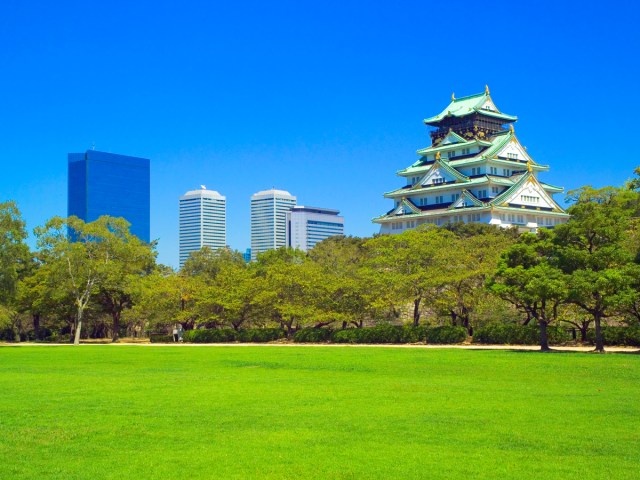
Livability score: 96
Also moving up two places in the 2025 rankings, this vibrant port city received top scores for stability, health care, and education. Locals are known for their friendliness and love of good food, with late-night takoyaki and skewered kushikatsu stalls lining the streets of Osaka’s neon-lit Dotonbori entertainment district.
By day, the high-end stores of Shinsaibashi-Suji Shopping Street are big draws, while history and culture await at the third-century Sumiyoshi-taisha Shinto shrine and gold-trimmed Osaka Castle. With spotless subways and trains providing efficient links around colorful districts and neighbouring cities, it’s easy to see why Osaka was named one of the most livable cities in the world.
6. Sydney, Australia

Livability score: 96.6
Sydney jumps up one place from 2024’s index to land at No. 6 this year. The city notched a perfect score in the health care category, and its comprehensive education system offers lifelong learning opportunities. Sydneysiders can also move freely around the sun-kissed capital of New South Wales thanks to a network of public buses, trains, ferries, coastal walking trails, and bike paths.
Sydney’s culinary scene is widely considered to be one of the best in the Southern Hemisphere and owes much to the multicultural population. Lovers of the outdoors are also spoiled for choice — iconic beaches (namely Bondi and Manly), sprawling parklands, seaside walks, and Garigal National Park are just the start.
5. Geneva, Switzerland

Livability score: 96.8
Home to the headquarters of the United Nations, Geneva has long been recognized as a hub for diplomacy. Safety, cleanliness, and an eco-friendly public transport system of buses, shuttle boats, trains, and trams help create a high quality of life.
Geneva’s location at the southern tip of its namesake lake is another factor contributing to its high livability. The nearby Alps and Jura mountains both offer world-class hiking, skiing, and climbing. Meanwhile, Geneva’s Old Town boasts medieval monuments such as St Peter’s Cathedral and Maison Tavel.
4. Melbourne, Australia

Livability score: 97
According to the 2025 report, Melbourne is the most livable city in the Southern Hemisphere. Top scores in health care and education, plus low crime rates that contribute to a safe and stable environment, make it an attractive place to live and visit. It’s also ranked as one of the world’s best university cities, and has a tram network that spans over 150 miles and 1,600 stops.
Another factor making Melbourne an enjoyable place to live is an arts and culture scene that includes more than 100 galleries and the vibrant East End Theatre District. Sports fans can attend a cricket game at the Melbourne Cricket Ground or tennis at Rod Laver Arena. Outside of the center, laid-back beach suburbs like St. Kilda and Elwood are just a quick tram ride away.
2. Vienna, Austria (tie)

Livability score: 97.1
After three straight years on top, Vienna dropped one position in the 2025 survey to share second place. The capital of the world’s fourth-most peaceful country is notably strong when it comes to health care and education. The city also has a well-planned infrastructure, dependable public transportation, and an abundance of accessible parks and green spaces.
Vienna presents an intriguing combination of imperial splendor, seen in its Habsburg palaces, and modern amenities and outdoor recreation along the Danube River. Coffee is big business here, and for foodies, the Neubau area is the place to discover Indian, Italian, Asian, and Turkish fare. Vienna is also known as the “City of Music,” with theaters and festivals celebrating national icons like Beethoven, Mozart, and Strauss.
2. Zurich, Switzerland (tie)
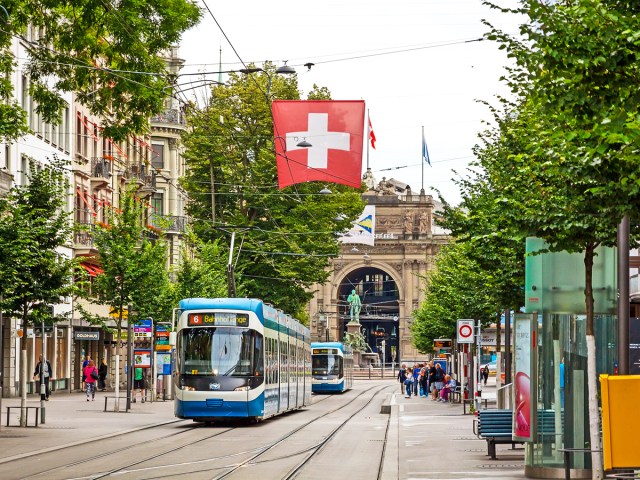
Livability score: 97.1
Switzerland’s international hub for banking and finance, Zurich, is tied with Vienna for second place in the ranking of the world’s most livable cities. This multicultural destination at the northern end of Lake Zurich scored perfectly in health care and education. Zurich also made it to No. 1 on the Smart Cities Index, which evaluates cities on their use of technology to improve quality of life.
Besides benefiting from excellent medical services and schooling, Zurich residents enjoy varied cultural and culinary offerings, including the Kunsthaus Zürich art museum and surrounding Zürich Gallery Mile, in addition to 17 Michelin-starred restaurants. Nature is also readily accessible, with water sports on Lake Zürich and hiking for all levels of fitness being popular activities for residents and visitors alike.
1. Copenhagen, Denmark
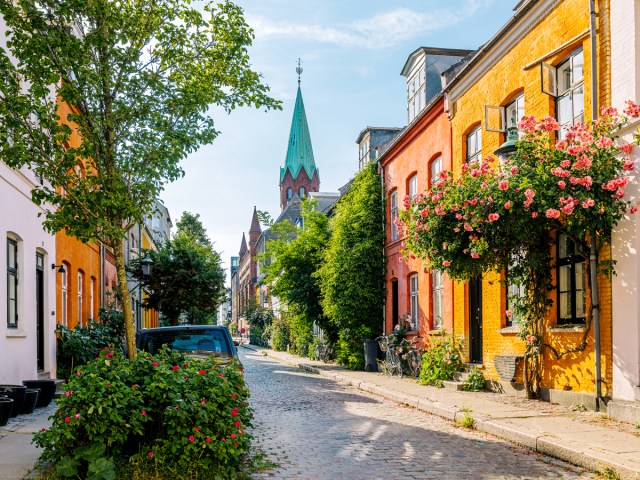
Livability score: 98
Denmark’s capital scored top marks for stability, education, and infrastructure to land at No. 1 on the list of the world’s most livable cities. In addition to its reliable network of buses, trains, and subways, the city has spent over $100 million on cycling infrastructure since 2002, making it easy for locals to get around.
And while Copenhagen is compact, there’s never a shortage of things to do here. From the restaurants of multinational Nørrebro to the museums and castles of Indre By and canalside hangouts of Islands Brygge, each neighborhood has its own unique identity. And Tivoli Gardens, the world’s second-oldest amusement park, offers entertainment and adventure for all ages.
More from our network
Daily Passport is part of Inbox Studio, which publishes content that uplifts, informs, and inspires.
